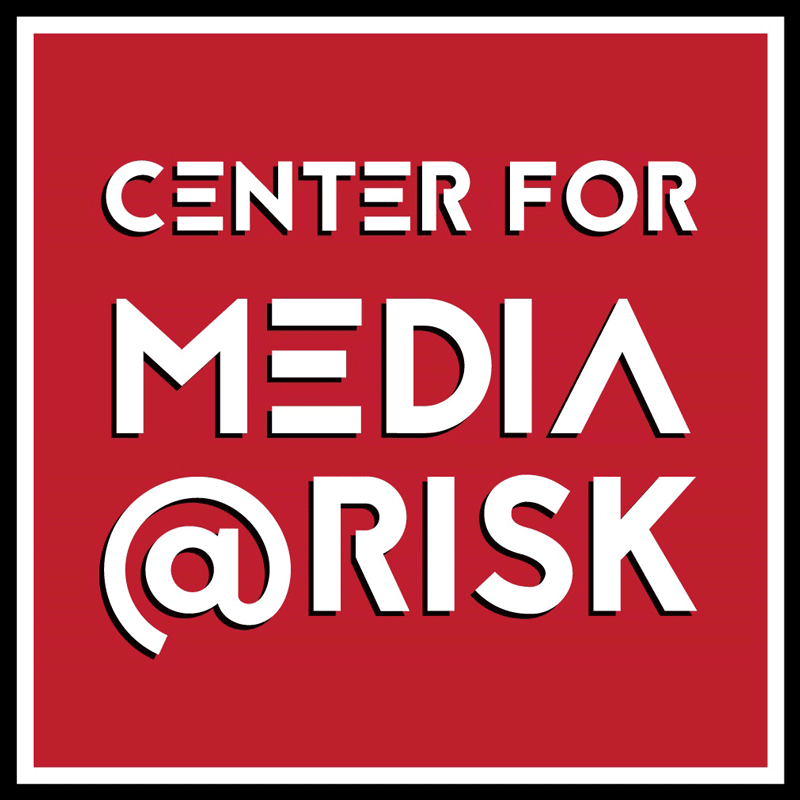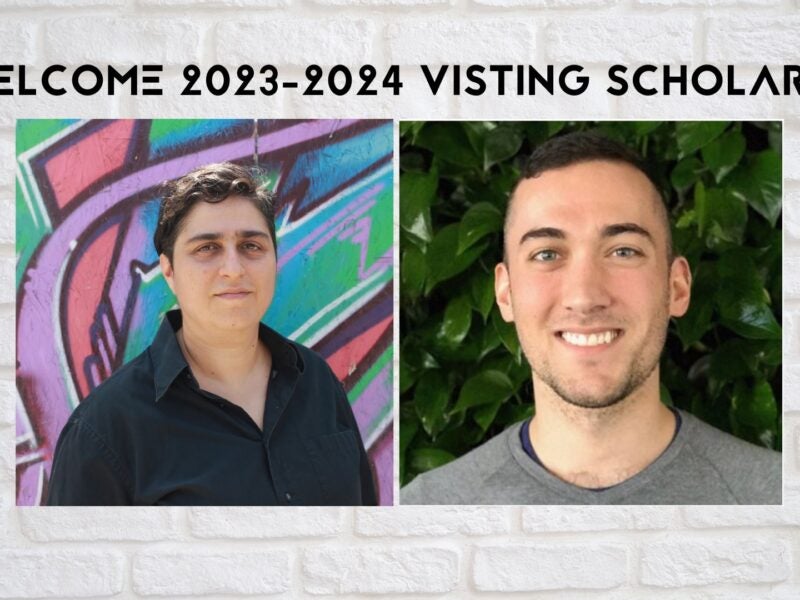In a digital era rampant with mis/disinformation, the sanctity of encountering the truth online is increasingly becoming less assured. Malign actors, trolls and unassuming citizens regularly flood the internet with falsehoods, memes and sophisticated half-truths that make parsing fact from fiction exceptionally difficult. It has thus never been more important to be mindful of how we collectively behave, share and interact on the internet. Discerning the facts from what we see, read and hear is a progressively fine-tuned art – requisite of a sharp eye, a prudent mindset and substantial time investment. However, fact-checking is an essential skill necessary for media professionals and an actively engaged online citizenry in the present-day digital era.
This infographic highlights some key strategies for debunking facts online, sourced directly from leading global experts on disinformation and fact-checking the news. It was produced by Center for Media at Risk doctoral fellow Natasha Williams, who sat down with Eugene Kiely, Director of Factcheck.org at the Annenberg Public Policy Center, and Yevhen Fedchenko, former Center for Media at Risk Visiting Scholar and co-founder and Chief Editor of StopFake.org, to develop these strategies.
The guide is focused on five checkpoints when engaging in fact-checking online.
- Identify the false information at hand by isolating a specific claim to debunk and assessing its probable intent and impact.
- Investigate the facts being presented. Consider the source of any disputed content: who is the author, and what is their associated credibility? Is it possible to contact the author(s) to confirm the information at hand? Are references being taken out of context or rephrased? Do images or videos appear photoshopped, doctored, edited or duplicated. Try to evaluate any disputed claims by engaging in open source research to assess the reliability of relevant individuals and/or supporting evidence. Utilize external resources to crosscheck relevant statistics or translations that may have been misinterpreted or distorted. If applicable, perform reverse-image searches or try to obtain metadata to authenticate the content.
- Remain engaged with risks that have been identified, and continue to report to website and platform administrators additional false information that surfaces. Take part in public corrections on social media following fact-checking efforts and maintain transparency by providing links to verifiable and credible sources of information.
- Remain aware of one’s own confirmation biases when processing information, and consider whether and in which ways individual beliefs shape how information is being perceived.
- Be proactive in fact-checking efforts and always remain open and receptive to correction.
Suggested resources:
- Fact-checking Organizations:
- Reverse-image search tools:
- Further resources:
Infographic image created by Joanna Birkner, Center Programming Coordinator, and Madison Miller, Center Administrative Coordinator.


